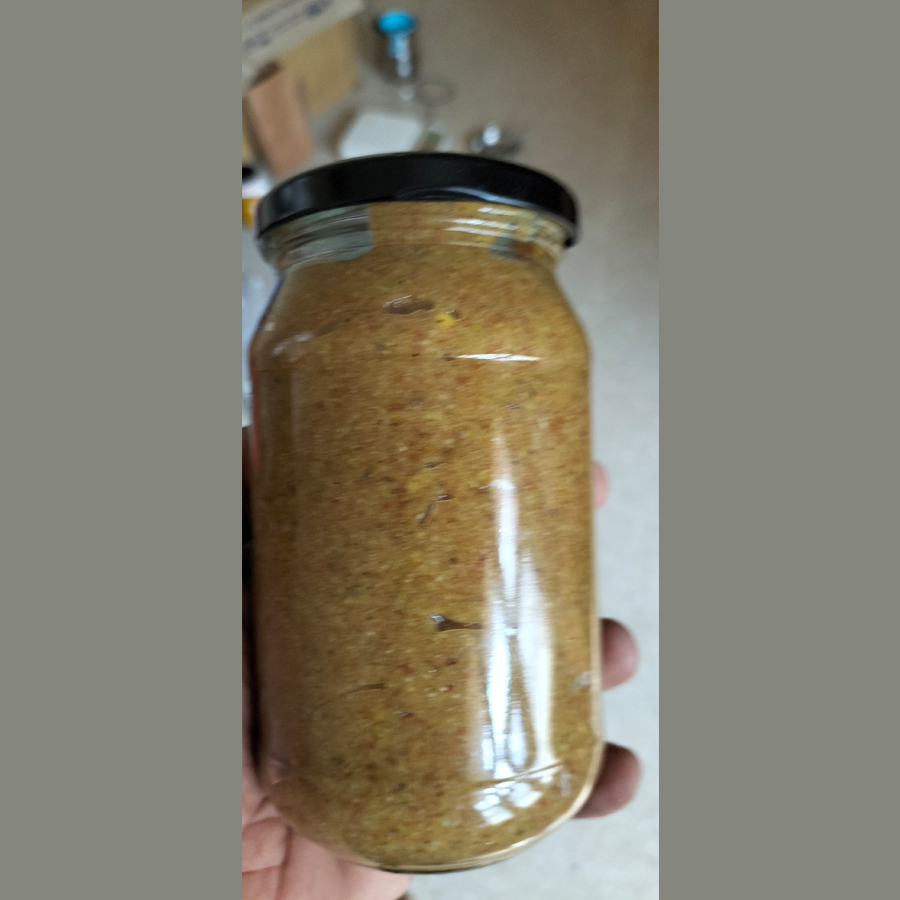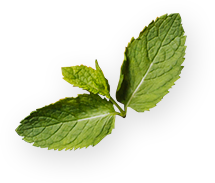Booster Jar

Booster Jar
The Historical Significance and Benefits of Honey, Dates, Pistachio, Cashew, Almond, and Walnut Combinations
The combination of honey, dates, pistachios, cashews, almonds, and walnuts is not only a treat for the palate but also a mixture rich in cultural and historical significance. These ingredients, each with a unique story of origin and use, have been revered for centuries in many parts of the world for their nutritional, medicinal, and culinary value. This essay explores the historical background and benefits of this flavorful and wholesome combination, focusing on its importance in various cultures and its enduring popularity today.
The history of pistachios, cashews, almonds, and walnuts is also long and rooted in ancient civilizations. Pistachios originated in Central Asia and were cultivated by the Persians as early as 7,000 years ago. The cashew tree, native to Brazil, was later introduced to other parts of the world, including India and Africa. Almonds, believed to have originated in the Middle East, were prized by the Romans and Greeks for their health benefits, and they were widely traded across ancient civilizations. Walnuts, native to Central Asia, have been used for medicinal purposes for millennia, and their rich oil and nutrients were particularly valued in ancient Greece and Rome.
The combination of these ingredients has a deep cultural resonance, particularly in regions like the Middle East, North Africa, and South Asia. In many of these areas, honey, dates, and nuts like almonds, pistachios, cashews, and walnuts are commonly consumed together during special occasions, religious festivals, or as part of traditional meals.
For example, in the Middle East, dates and honey are frequently used in religious rituals, often in dishes that celebrate hospitality and community. In countries like Saudi Arabia and Iraq, dates and honey are often served to guests as a symbol of friendship and generosity. Similarly, in India, the combination of nuts like almonds and cashews, along with honey and dates, is often used in the preparation of sweet desserts and energy-boosting snacks, especially during festivals like Diwali.
The use of honey and nuts as an energy-packed combination is also notable in ancient Roman and Greek cultures, where it was believed that such foods were nourishing and could enhance one's vitality. In ancient Greece, walnuts and almonds were eaten by athletes for strength and endurance, and honey was considered a sacred food offering for the gods.
The Health Benefits of the Combination
Beyond its cultural significance, the combination of honey, dates, pistachios, cashews, almonds, and walnuts offers a myriad of health benefits, which have been appreciated by ancient societies and continue to be recognized today.
The combination of honey, dates, pistachios, cashews, almonds, and walnuts has a rich history that spans multiple civilizations and cultures. These ingredients have been revered not only for their distinct flavors but also for their powerful nutritional and medicinal properties. Whether consumed as part of a traditional dish, a festive treat, or a healthy snack, this combination continues to be a symbol of health, vitality, and cultural heritage. The timeless appeal of these foods, both individually and in combination, underscores their importance in human history and their enduring place in the modern diet.





